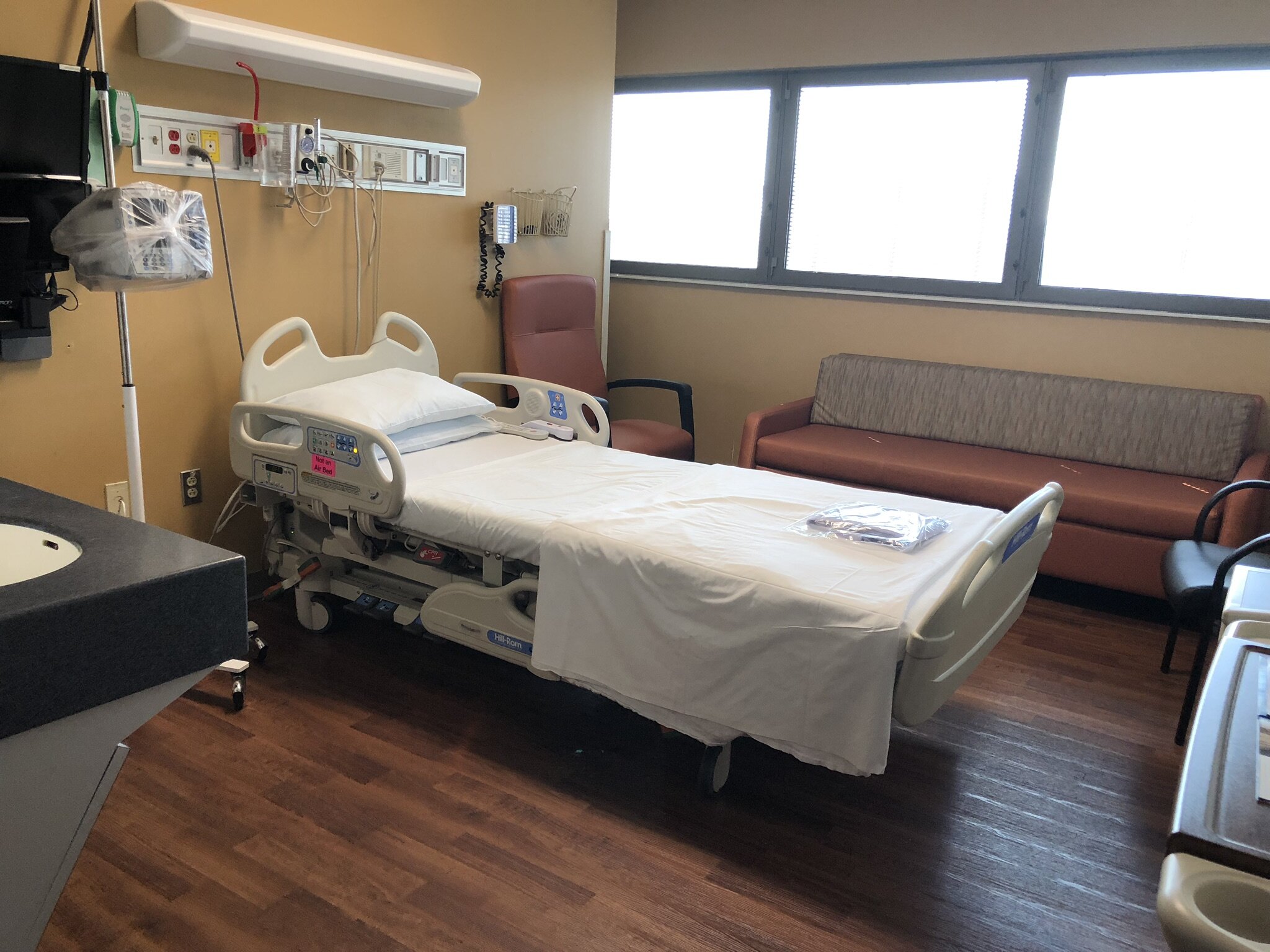
Hip Replacement Instructions
Dr. Kurtz wants every patient and their family member(s) to be well educated about their upcoming hip replacement surgery by following these five steps when you are preparing for your hip replacement:
Read Dr. Kurtz’s hip replacement instructions as a webpage or download these instructions as printer friendly pdf here.
Review Dr. Kurtz’s hip replacement consent form which outlines the risks and rewards of surgery.
Check out our curated list of Amazon products that can help you during your hip replacement recovery.
Watch the videos below that discuss how to get prepared for a hip replacement surgery.
Share this webpage with your family members who will be caring for you after surgery.
If you want your prescriptions called in before your surgery, then fill out this form.
When to arrive at the hospital?
You will need to arrive at the hospital very early to get checked in.
What happens on the day of surgery?
After you arrive, you and your family member will be taken to your private room. You will get into a hospital gown. You will be taking to the pre op holding room. The anesthesiologist will start an IV. You will have an opportunity to talk with Dr. Kurtz and answer any last minute questions.
Surgical Approaches to a hip replacement
Dr. Kurtz does direct anterior approaches on a majority of patients.
Constipation happens.
If you are prone to constipation, start taking a stool softener before surgery and continue after surgery as well. Drink plenty of water. Avoid narcotics when possible.
Adjacent Aches and Pains
After a hip replacement, patients will often have back and knee aches for about a month.
Hip Flexion after hip replacement?
It is normal to have weakness with hip flexion after surgery. It usually takes about a month to regain that strength and do a straight leg raise in bed.
Crossing your legs after a hip replacement.
It is safe to slowly cross your legs after hip replacement surgery. Flexion and external rotation are safe. If you are having a left hip replacement, you can slow put your left foot/ankle on your right knee and gently push your left knee down and out (external rotation of your hip)
Hip Replacement Dislocation
Understand how a hip replacement could dislocate is important to preventing this complication.
Driving and Flying after a Hip Replacement
Patients can drive after a hip replacement when they are off all narcotics and able to safely get their foot on and off the brake pedal.
Patients can fly a few days after surgery. Dr. Kurtz has many patients who fly in just for the surgery and then fly home. Dr. Kurtz gives patients an additional blood thinner if they are going to be flying in the first week after surgery.
Dr. Kurtz recommends waiting 3-4 weeks before recreational travel and 2-3 months before scheduling a vacation with lots of activity.
Skin Numbness
When a person gets their hip replaced, the lateral side of their incision is numb for a few months. The skin nerves all move medial to lateral, so when the surgeon makes an incision over the hip, the skin that is immediately lateral to that incision goes numb for a little while. This numbness does not hurt; it just feels a little weird for a few months.
Taking antibiotics before dental procedures after my hip replacement?
Patients should take prophylactic antibiotics before their dental visits for two years after their hip replacement.
Getting off your Walker
Progressing off the walker and onto a cane occurs when the patient is stable and no longer at risk of falling.
Thigh Pain
Thigh pain is common for the first few weeks after surgery. The groin pain that most patients have before surgery usually goes away almost immediately after surgery.
Bearing Surface Options
Dr. Kurtz uses ceramic on polyethylene for a majority of patients.
Measuring leg length during surgery
The size of the implants and how the implants are positioned can affect the patient’s leg length. Dr. Kurtz takes multiple measurements and uses multiple techniques to make sure the patient’s leg length is appropriate.
Where can a hip replacement be performed?
Hospital or an Ambulatory Surgery Center (ASC)
When is the best time to do a hip replacement?
Left, Right or Both?
Activities after hip replacements
After surgery, patients are allowed to return to just about any activity they want.
Long term follow up
Dr. Kurtz believes the doctor patient relationship last a lifetime. One of his fellowship directors used to say, “With this knife, I thee wed.” He believes in obtaining post operative x-rays one year after surgery and then every 5 years after that. These long term x-rays are helpful when a patient is 25 or 30 years out from their surgery. When Dr. Kurtz can observe multiple x-rays at different points along the life of the knee replacement, he can often tell if a radiographic finding is an acute, rapidly progressing issue that needs immediate attention or a chronic, slowly progressing problem that can just be observed.
